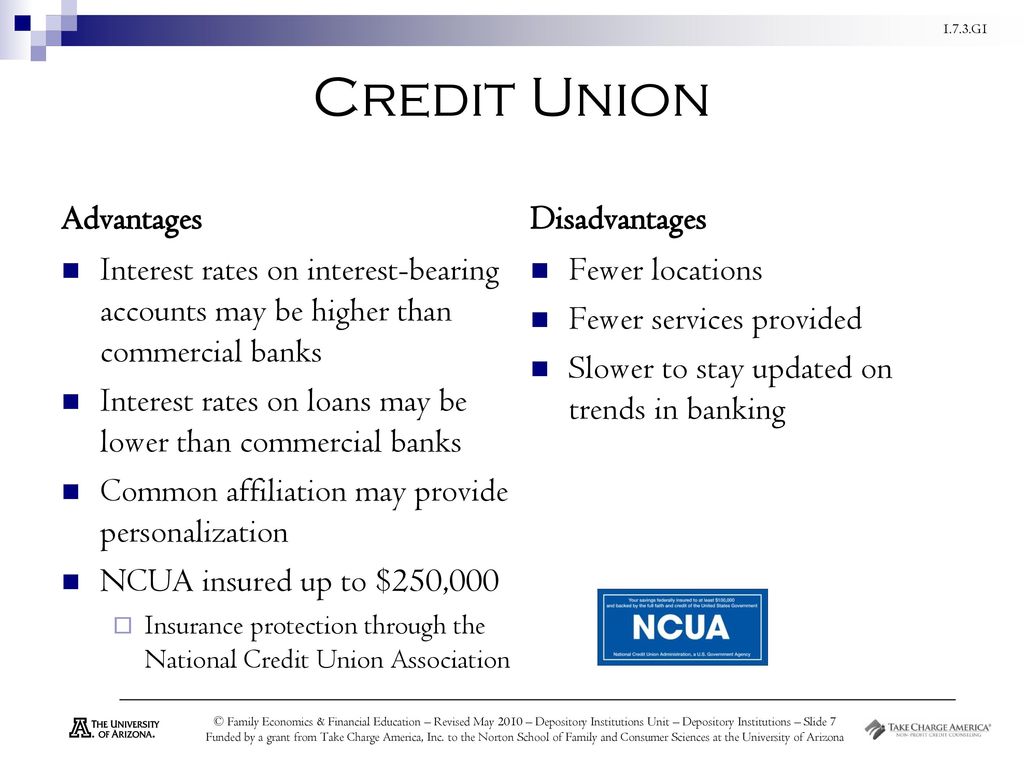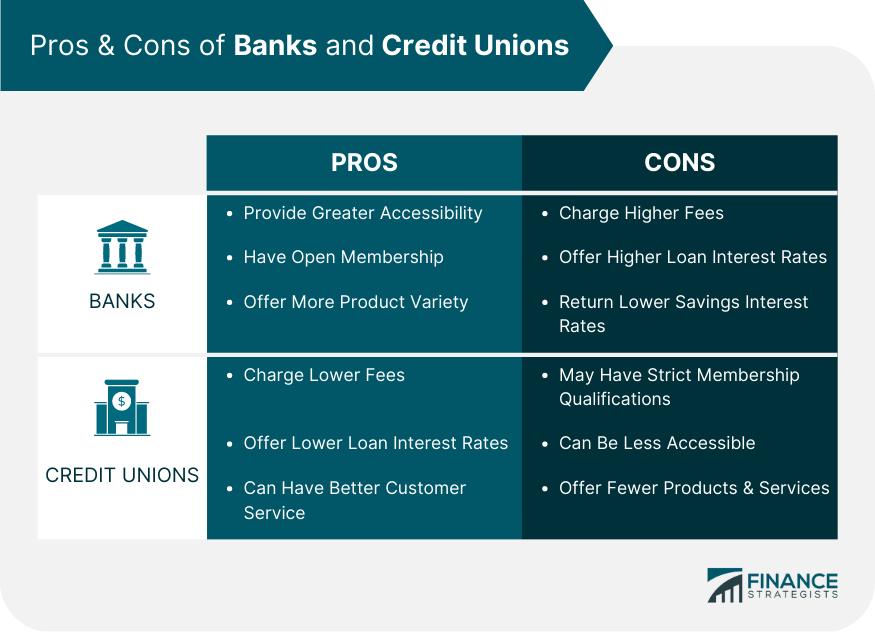Wyoming Credit Union: Trusted Financial Solutions for every single Need
Wyoming Credit Union: Trusted Financial Solutions for every single Need
Blog Article
The Ultimate Guide to Understanding Lending Institution

Credit unions stand as distinct financial entities, rooted in principles of mutual assistance and member-driven operations. Nevertheless, past their foundational worths, recognizing the detailed workings of lending institution entails a much deeper expedition. Unwinding the complexities of subscription eligibility, the advancement of solutions provided, and the distinctive benefits they bring needs a comprehensive assessment. As we navigate with the complexities of cooperative credit union, an informative journey waits for to shed light on these member-focused establishments and how they vary from standard financial institutions.
What Are Credit Score Unions?
Lending institution are member-owned economic establishments that offer a variety of banking solutions to their members. Unlike standard banks, credit unions operate as not-for-profit companies, implying their key focus is on offering their members as opposed to making the most of profits. Members of a credit union generally share a common bond, such as benefiting the very same employer, belonging to the very same community, or being component of the very same company.
Among the crucial benefits of lending institution is that they frequently use greater rate of interest on interest-bearing accounts and lower rates of interest on fundings compared to financial institutions. Wyoming Credit Union. This is since lending institution are structured to benefit their members directly, permitting them to hand down their profits in the form of far better rates and fewer fees. In addition, lending institution are recognized for their individualized customer support, as they focus on building partnerships with their participants to comprehend their unique economic demands and goals
Background and Development of Lending Institution
The roots of member-owned financial cooperatives, understood today as credit report unions, trace back to a time when communities looked for alternatives to traditional financial organizations. The principle of credit unions come from the 19th century in Europe, with Friedrich Wilhelm Raiffeisen frequently attributed as the pioneer of the participating banking movement. Raiffeisen started the first identified credit report union in Germany in the mid-1800s, emphasizing neighborhood support and self-help concepts.
The development of credit history unions proceeded in The United States and Canada, where Alphonse Desjardins established the very first cooperative credit union in Canada in 1900. Quickly after, in 1909, the first U.S. cooperative credit union was developed in New Hampshire by a team of Franco-American immigrants. These very early credit report unions operated the essential concepts of common assistance, autonomous control, and participant possession.
Over time, cooperative credit union have grown in popularity worldwide as a result of their not-for-profit framework, focus on serving members, and using affordable economic product or services. Today, cooperative credit union play a crucial function in the monetary market, providing community-oriented and available banking choices for individuals and services alike.

Membership and Qualification Requirements
Membership at a credit score union is normally limited to individuals fulfilling certain eligibility standards based on the organization's founding principles and regulative needs. Some debt unions may just serve individuals that work or live in a particular area, while others may be customized to staff members of a specific business or members of a specific association.
Additionally, lending institution are structured as not-for-profit companies, indicating that their main goal is to offer their participants instead than create revenues for investors. This emphasis on participant solution often converts into more tailored focus, reduced charges, and competitive passion prices on financings and savings accounts. By original site fulfilling the qualification requirements and coming to be a member of a cooperative credit union, individuals can access a range of economic items and solutions customized to their specific needs.
Solutions and Products Supplied
One of the vital aspects that sets cooperative credit union apart is the varied variety of economic product and services they offer to their members. Cooperative credit union typically offer traditional banking services such as savings and examining accounts, car loans, and charge card. Members can likewise take advantage of financial investment services, including retired life accounts and economic preparation support. Lots of cooperative credit union offer competitive rate of interest on savings accounts and financings, as well as lower charges contrasted to typical our website banks.
In addition, credit score unions usually offer hassle-free online and mobile banking options for members to quickly manage their funds. They might supply perks such as common branching, allowing participants to access their accounts at various other credit history unions across the country. Some credit rating unions also offer insurance coverage items like home, life, and automobile insurance coverage to aid members protect their assets and enjoyed ones.

Advantages of Banking With Cooperative Credit Union
When thinking about economic establishments, discovering the advantages of financial with cooperative credit union exposes one-of-a-kind benefits for members seeking individualized service and affordable prices. One considerable advantage of credit report unions is their emphasis on individualized client service. Unlike big banks, lending institution are member-owned and focus on structure strong connections with their participants. This suggests that lending institution personnel commonly have a much deeper understanding of their members' financial demands and can use tailored services to help them achieve their goals. In addition, lending institution are understood for offering affordable rates of interest on loans and savings accounts. Since they are not-for-profit companies, cooperative credit union can frequently give reduced lending rates, higher cost savings prices, and reduced costs contrasted to standard financial institutions. This can lead to considerable price financial savings for members in time. In general, banking with a credit history union can supply a much more individualized, affordable, and member-centric financial experience.
Final Thought
In final thought, credit history unions stand out as member-owned monetary institutions that focus on serving their members over taking full advantage of revenues. With origins dating back to 19th century Europe, credit rating unions follow concepts of common aid and participant possession.
Credit score unions are see post member-owned economic organizations that provide a range of banking services to their participants. The principle of debt unions originated in the 19th century in Europe, with Friedrich Wilhelm Raiffeisen usually credited as the leader of the participating banking motion.The development of credit unions proceeded in North America, where Alphonse Desjardins developed the initial credit history union in Canada in 1900. Credit score unions typically supply standard banking solutions such as cost savings and inspecting accounts, car loans, and credit report cards.When thinking about financial establishments, checking out the advantages of financial with credit history unions reveals one-of-a-kind advantages for members seeking personalized solution and affordable prices.
Report this page